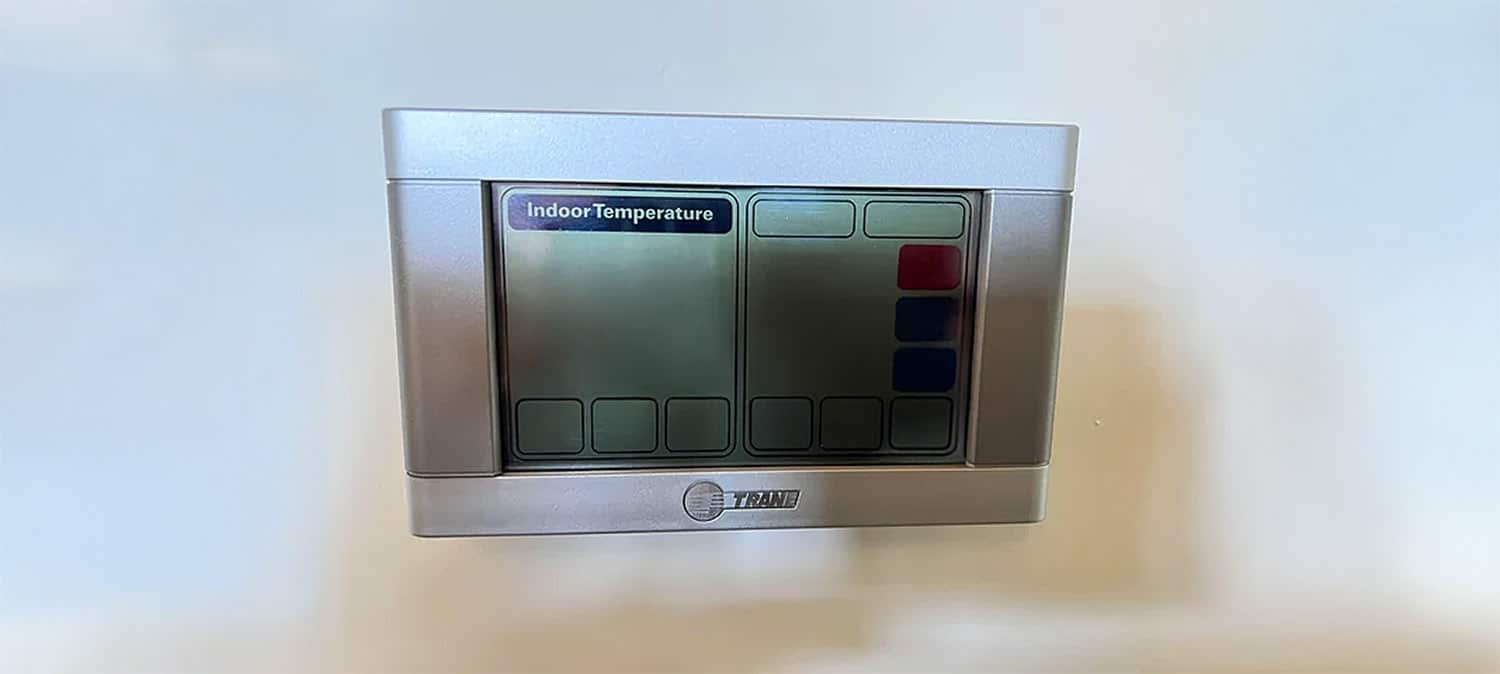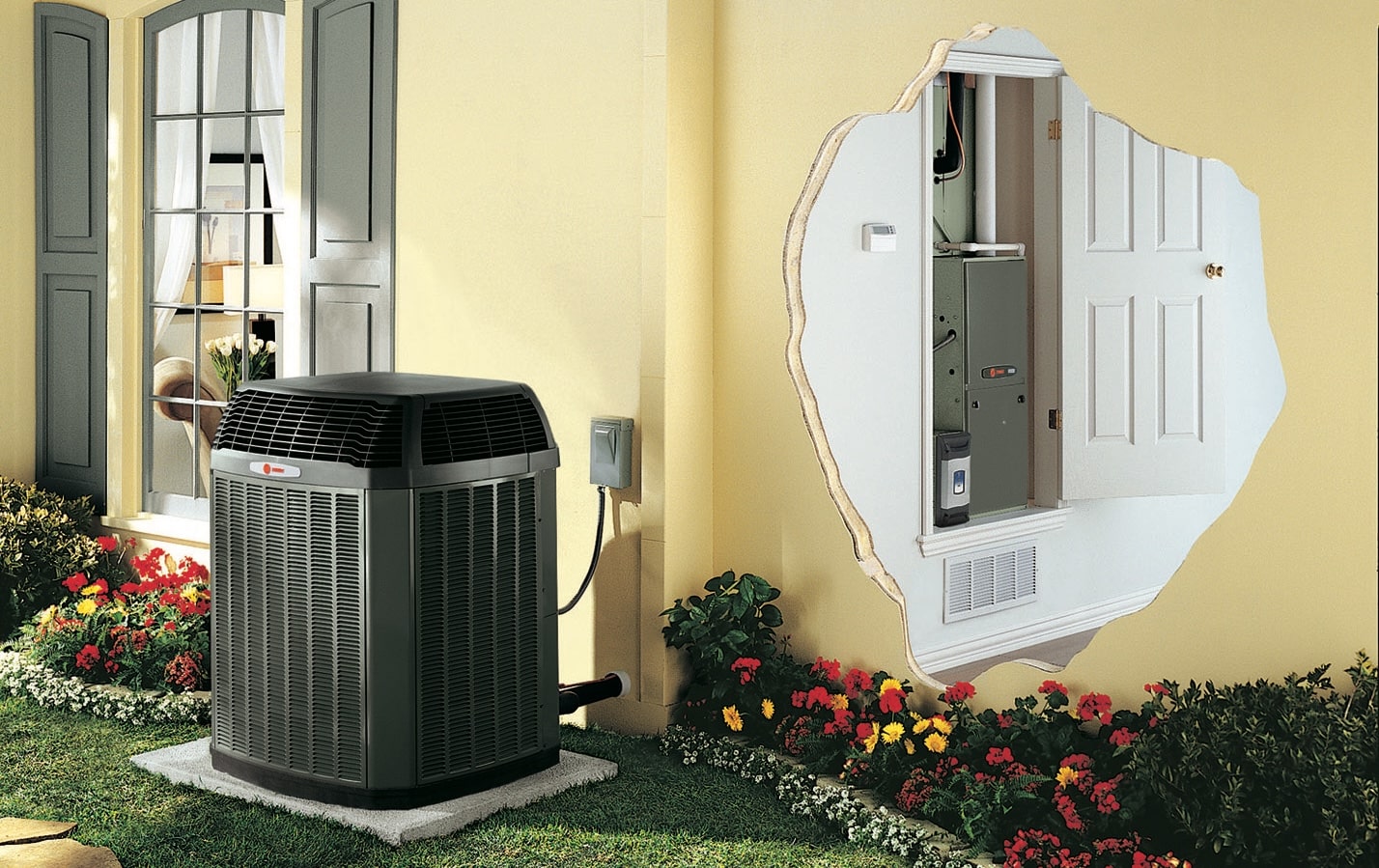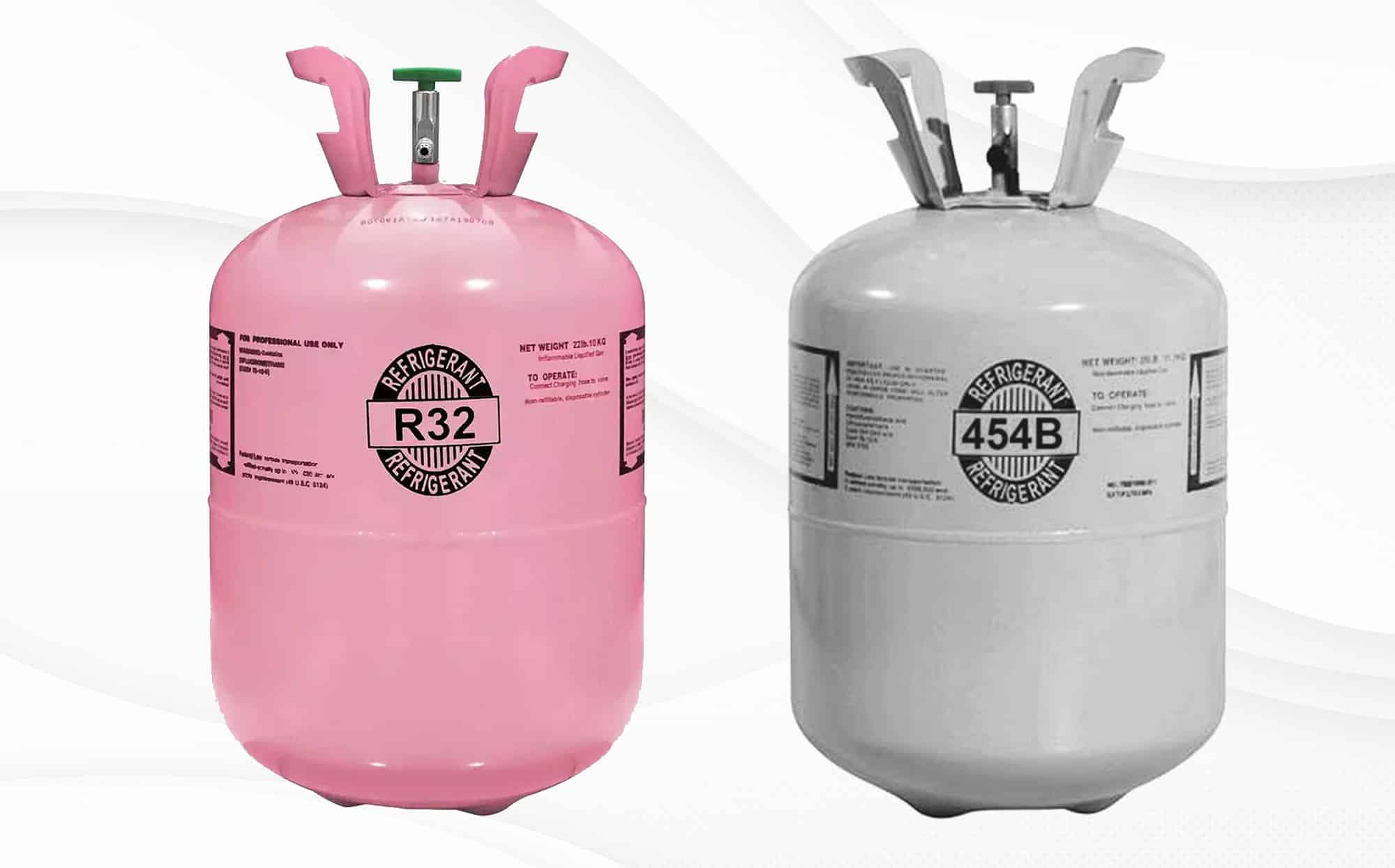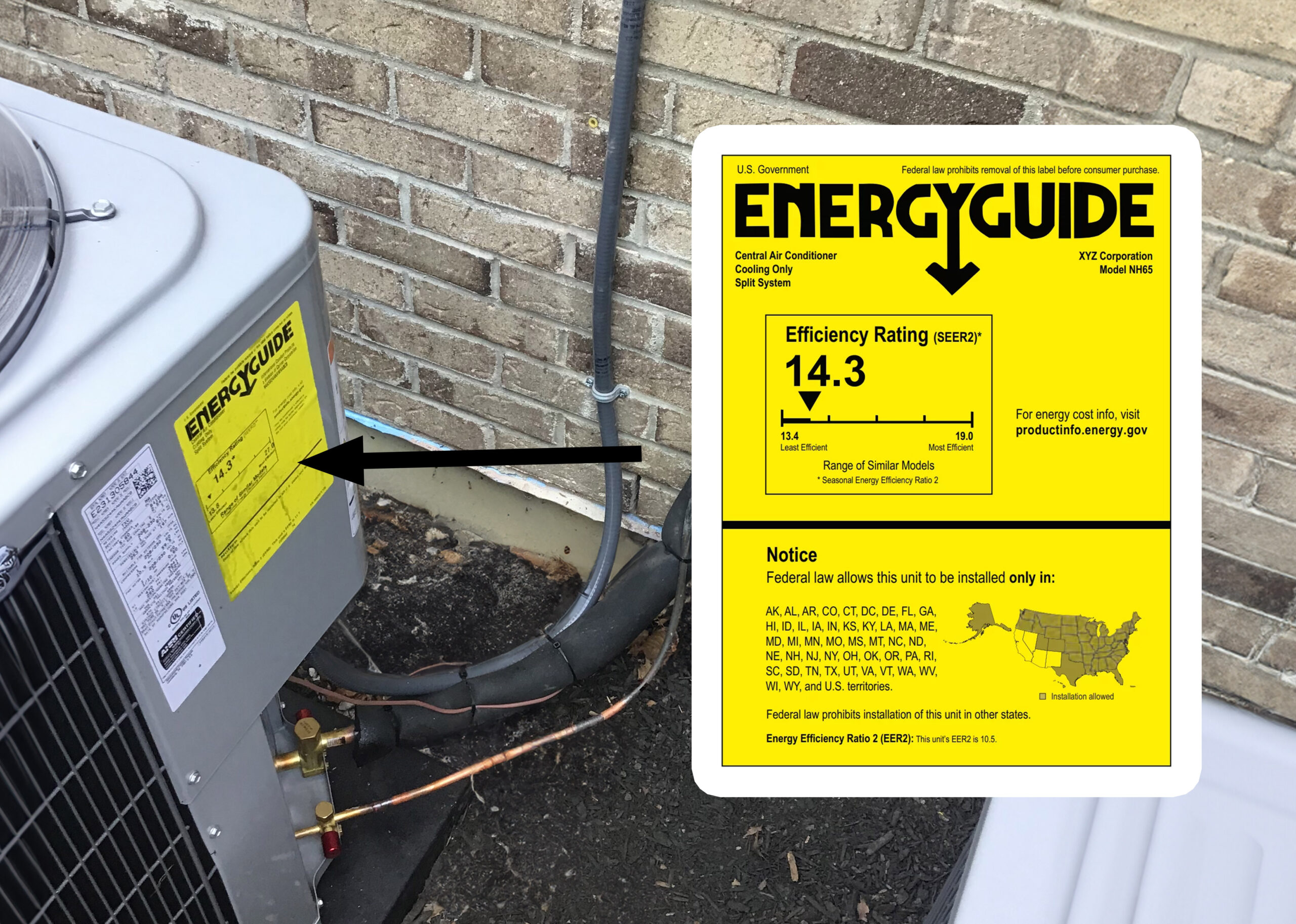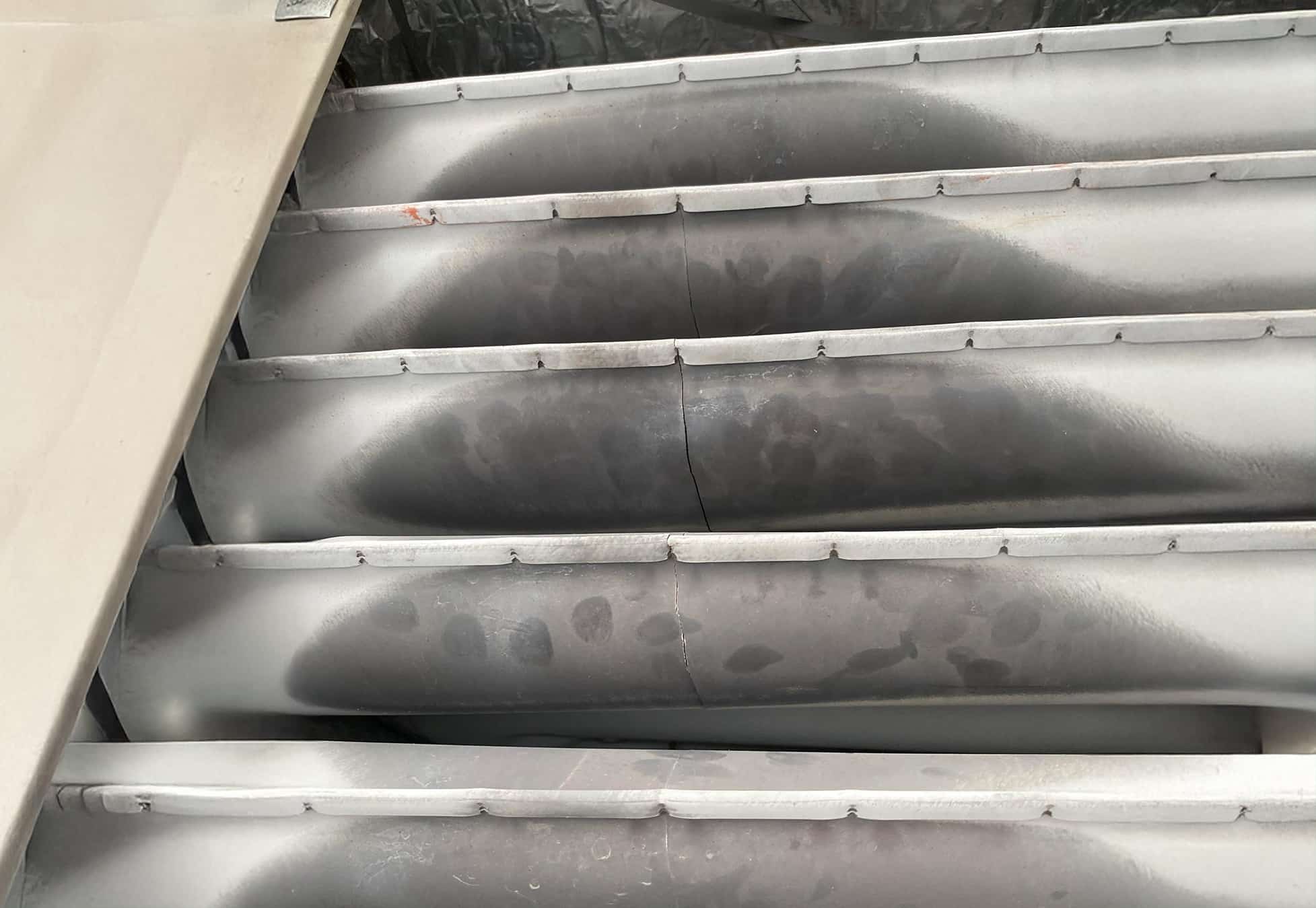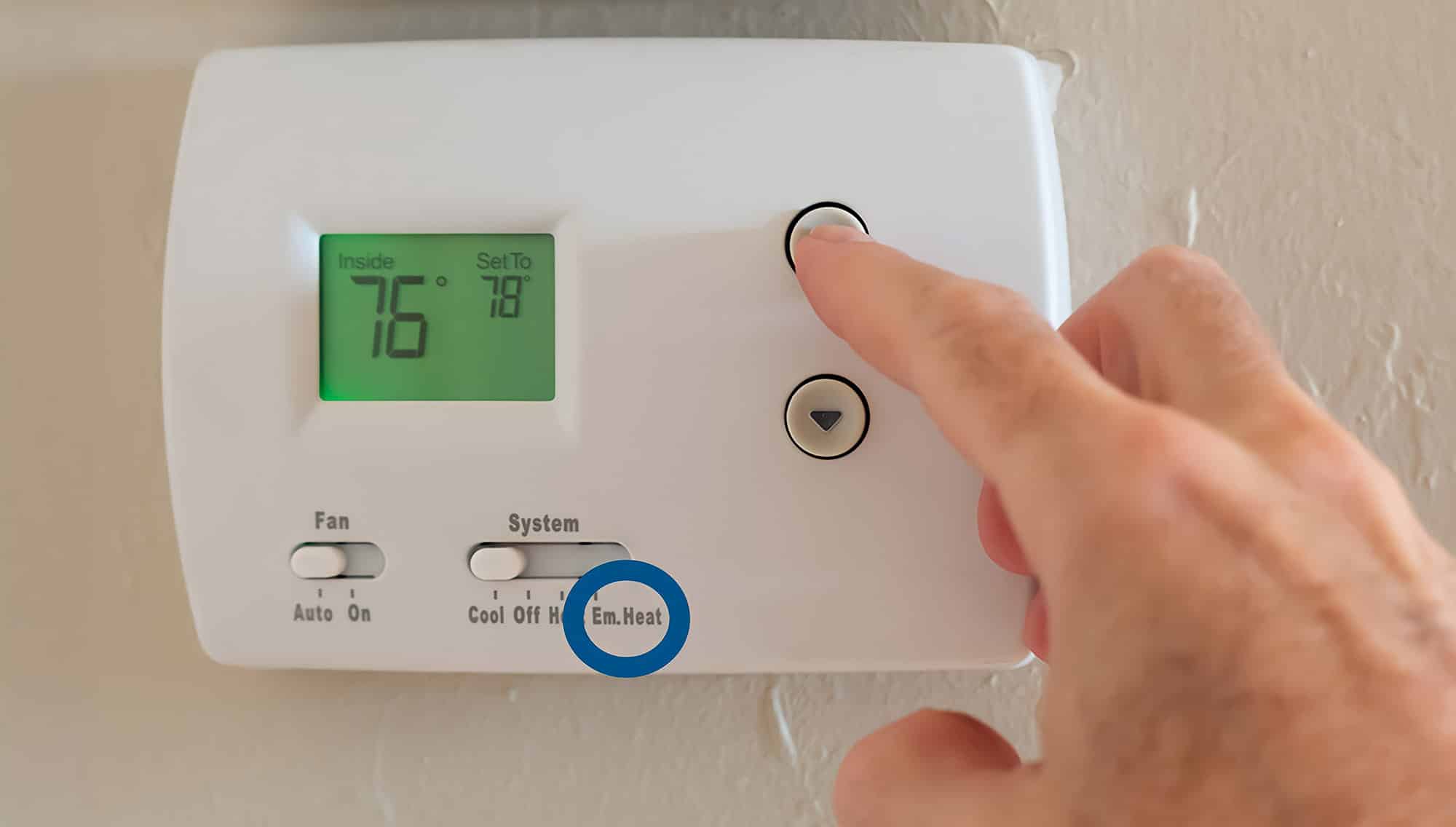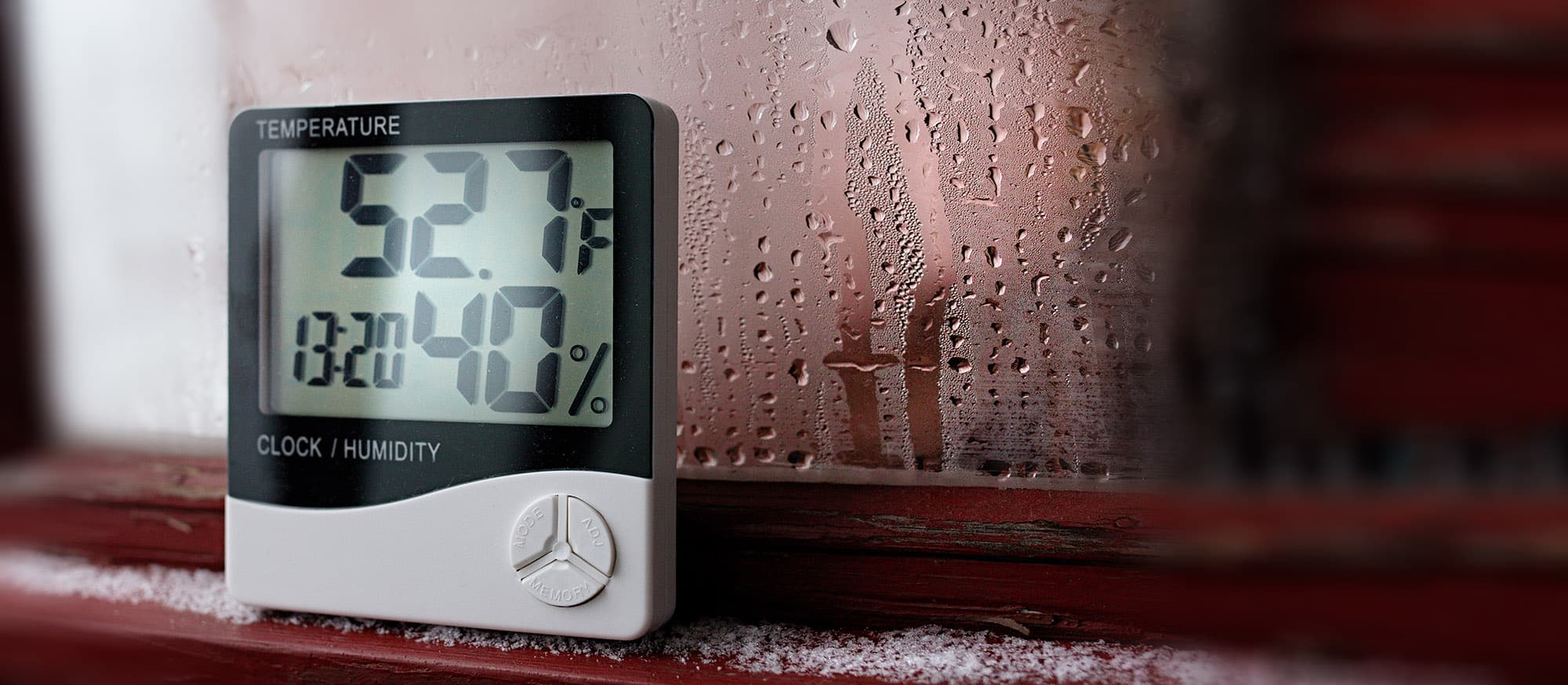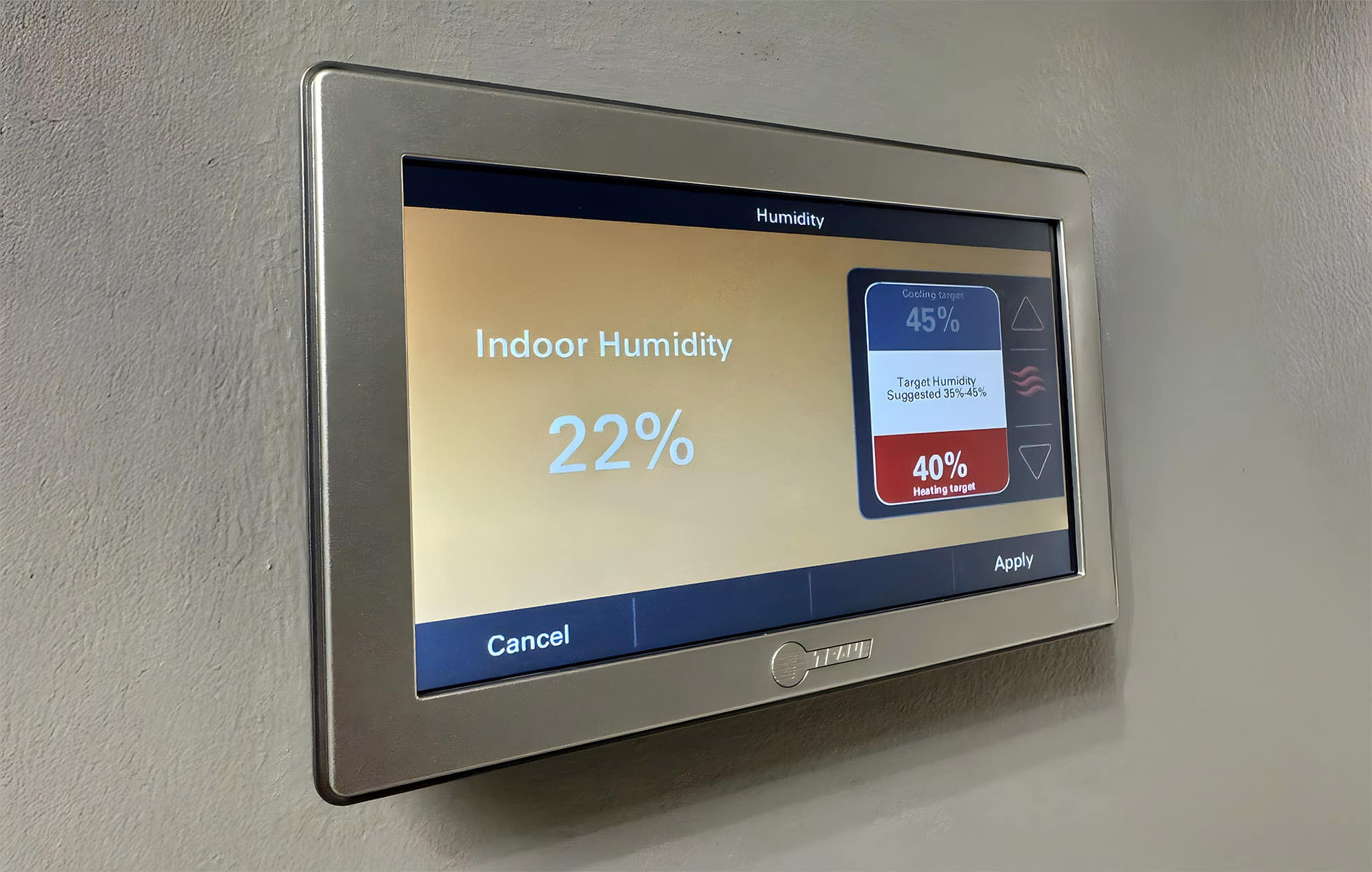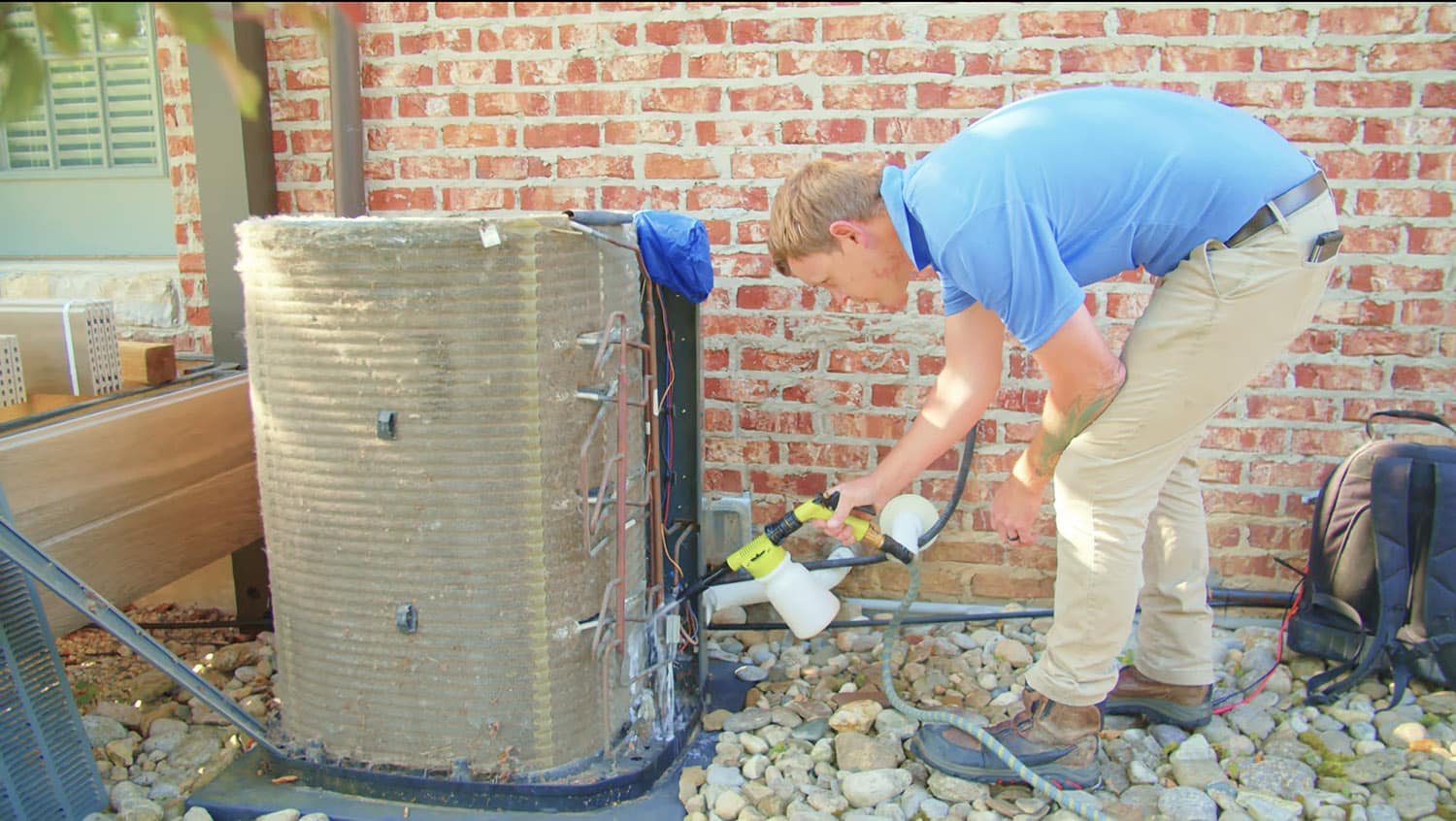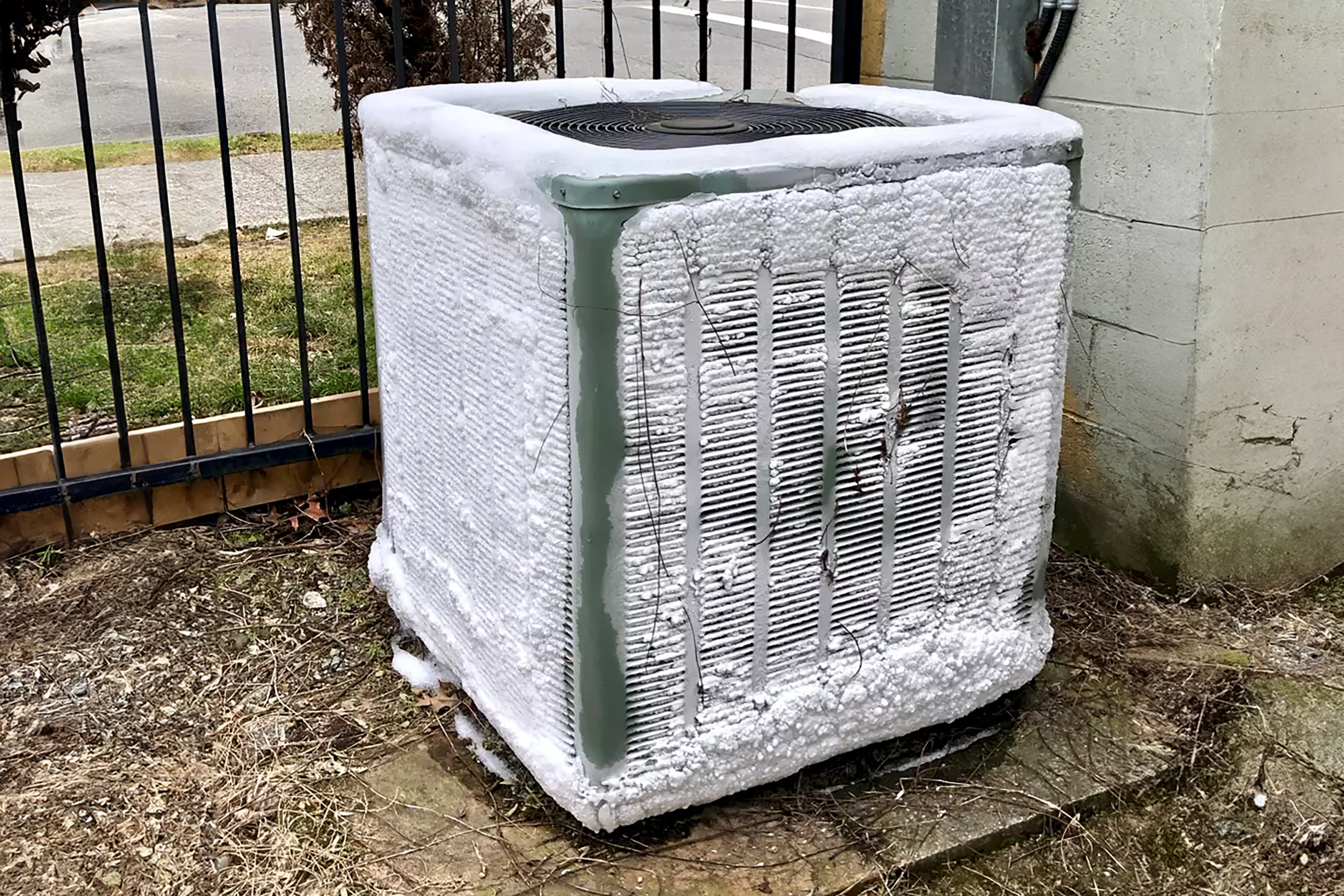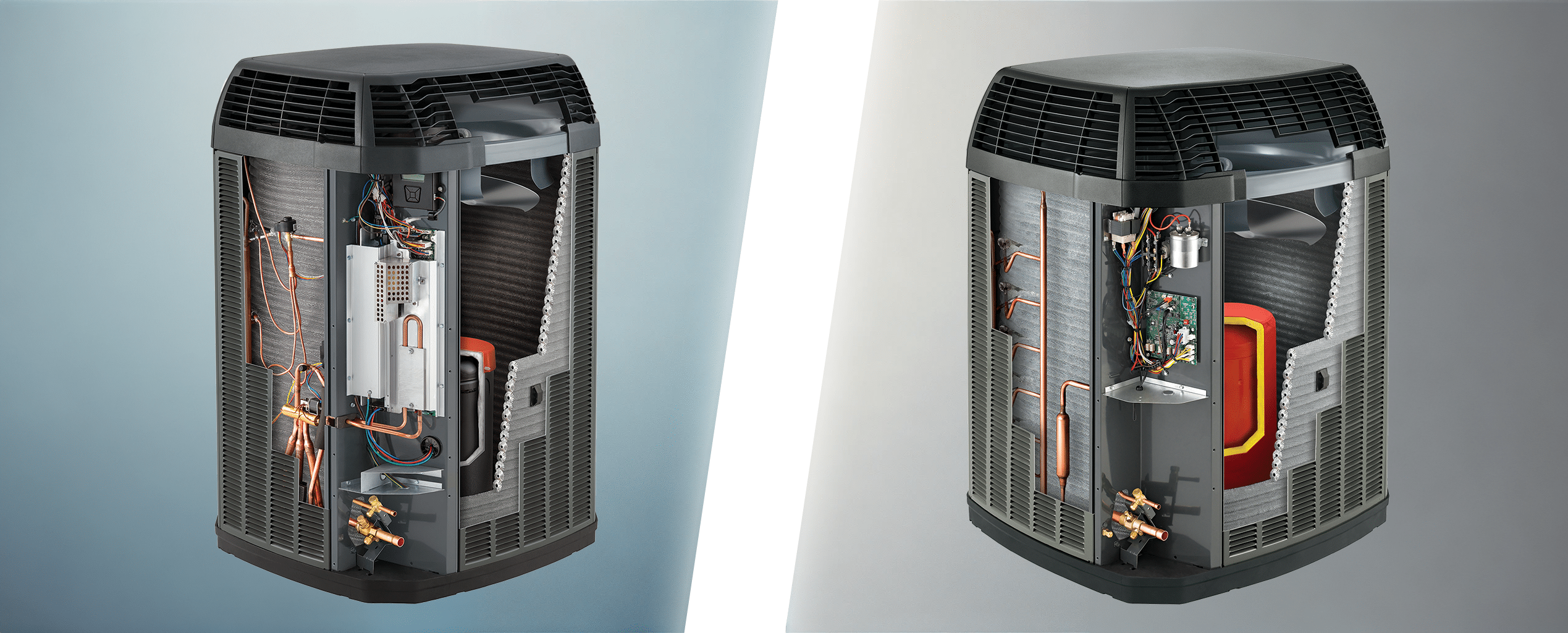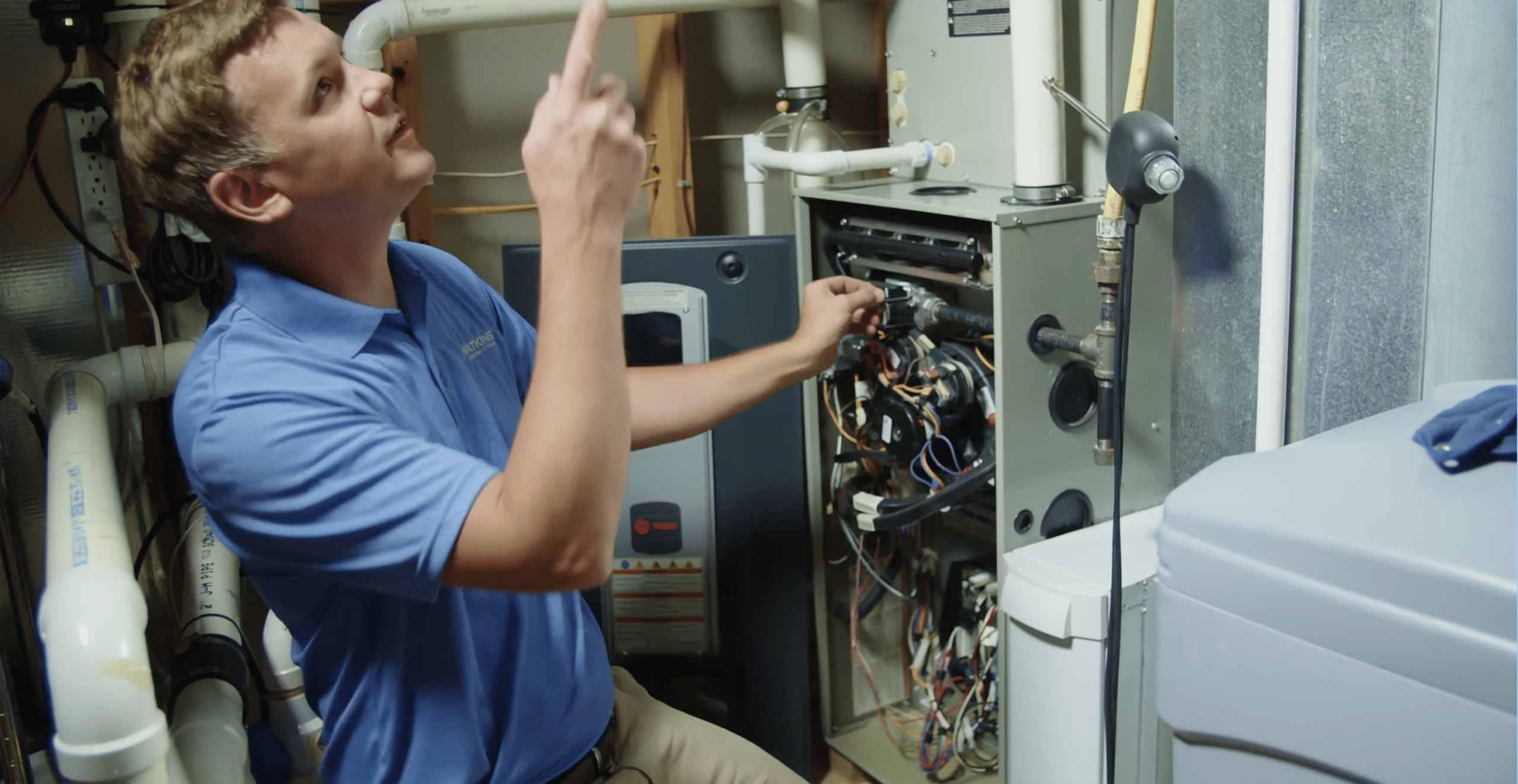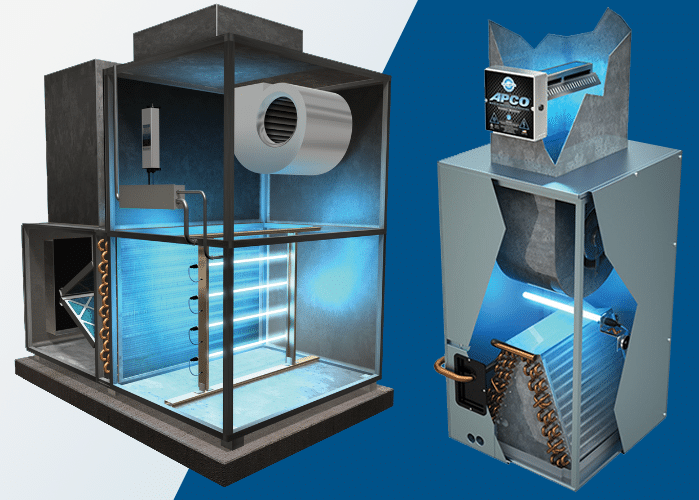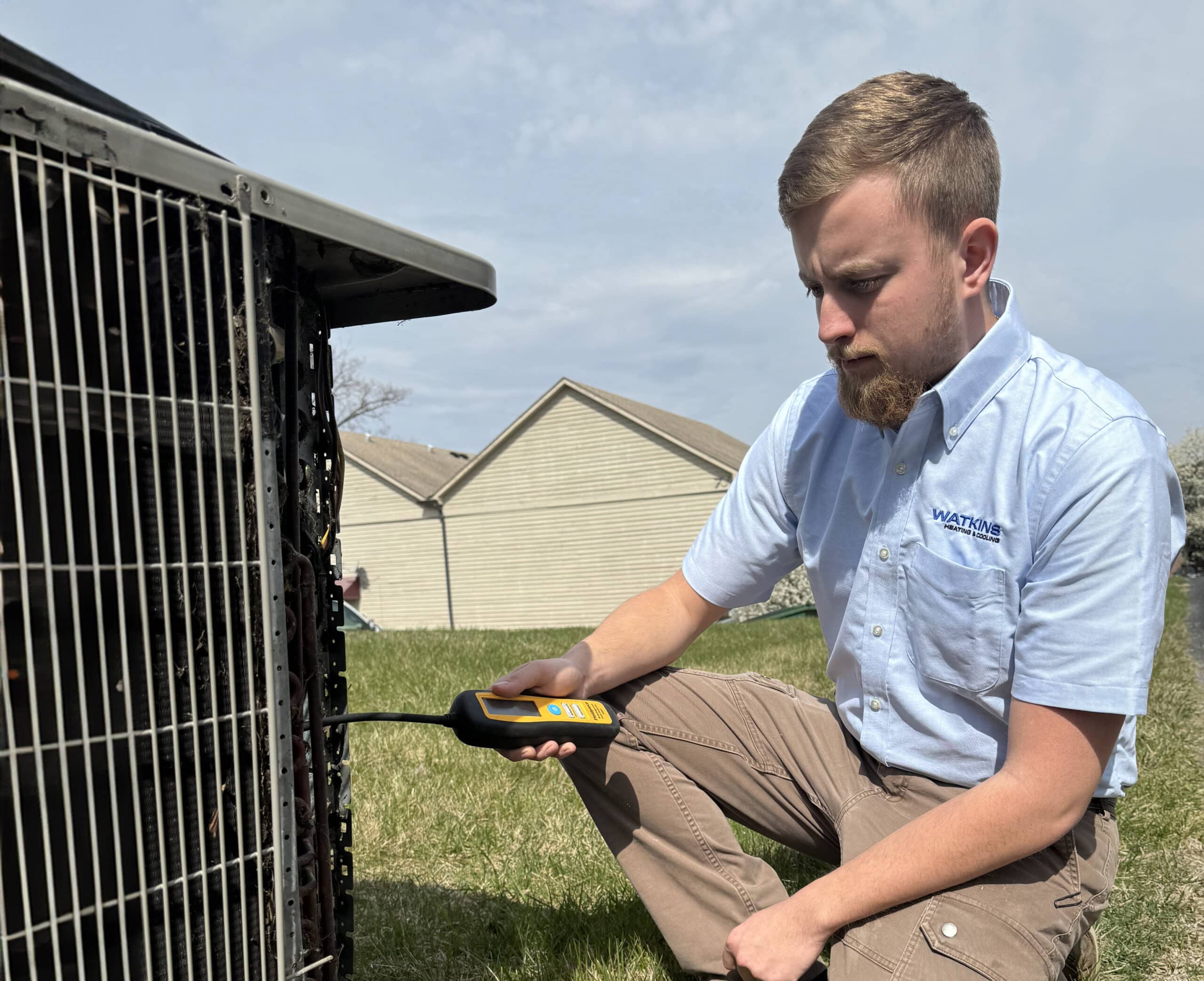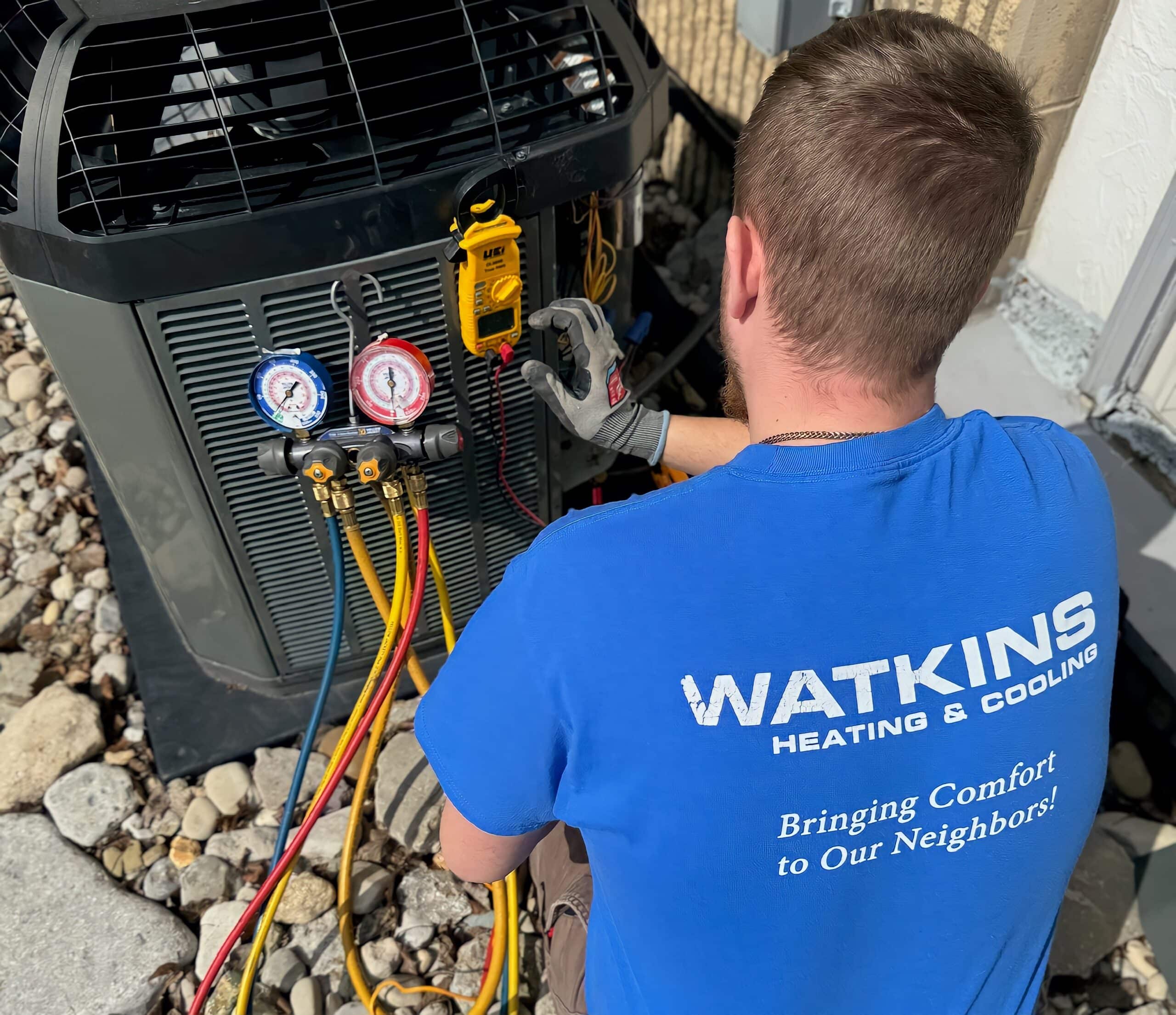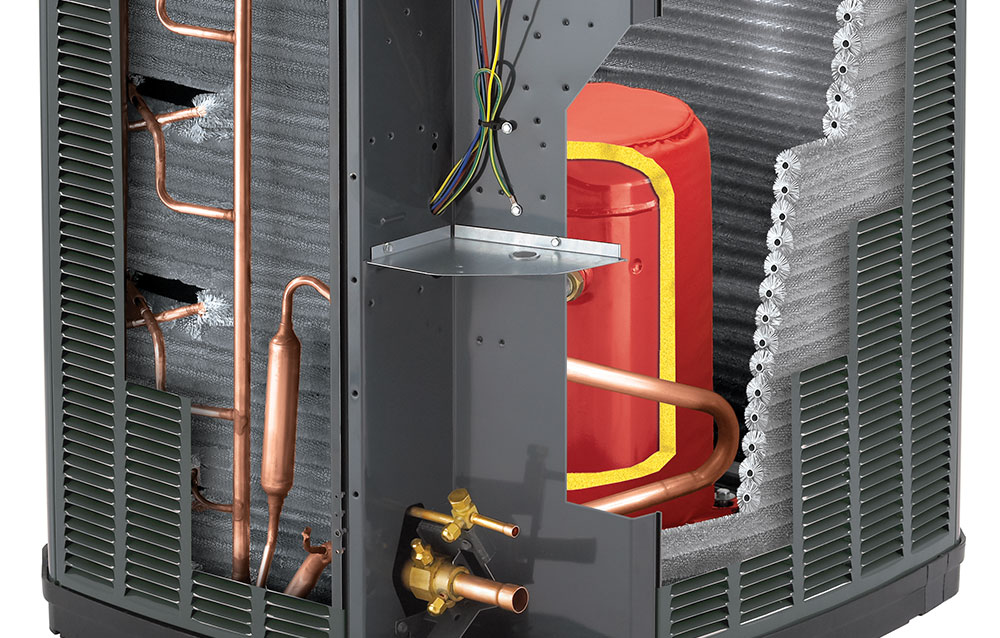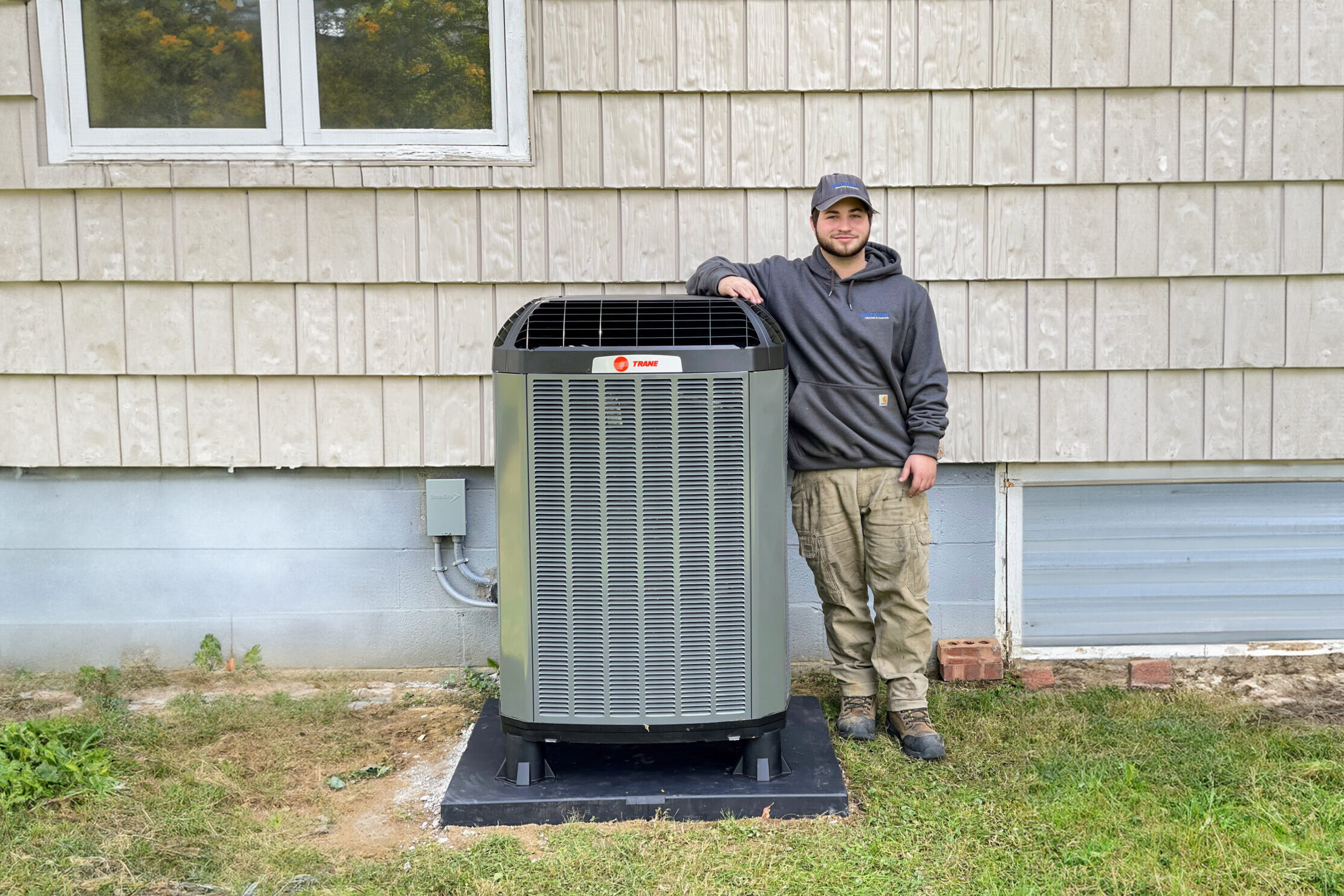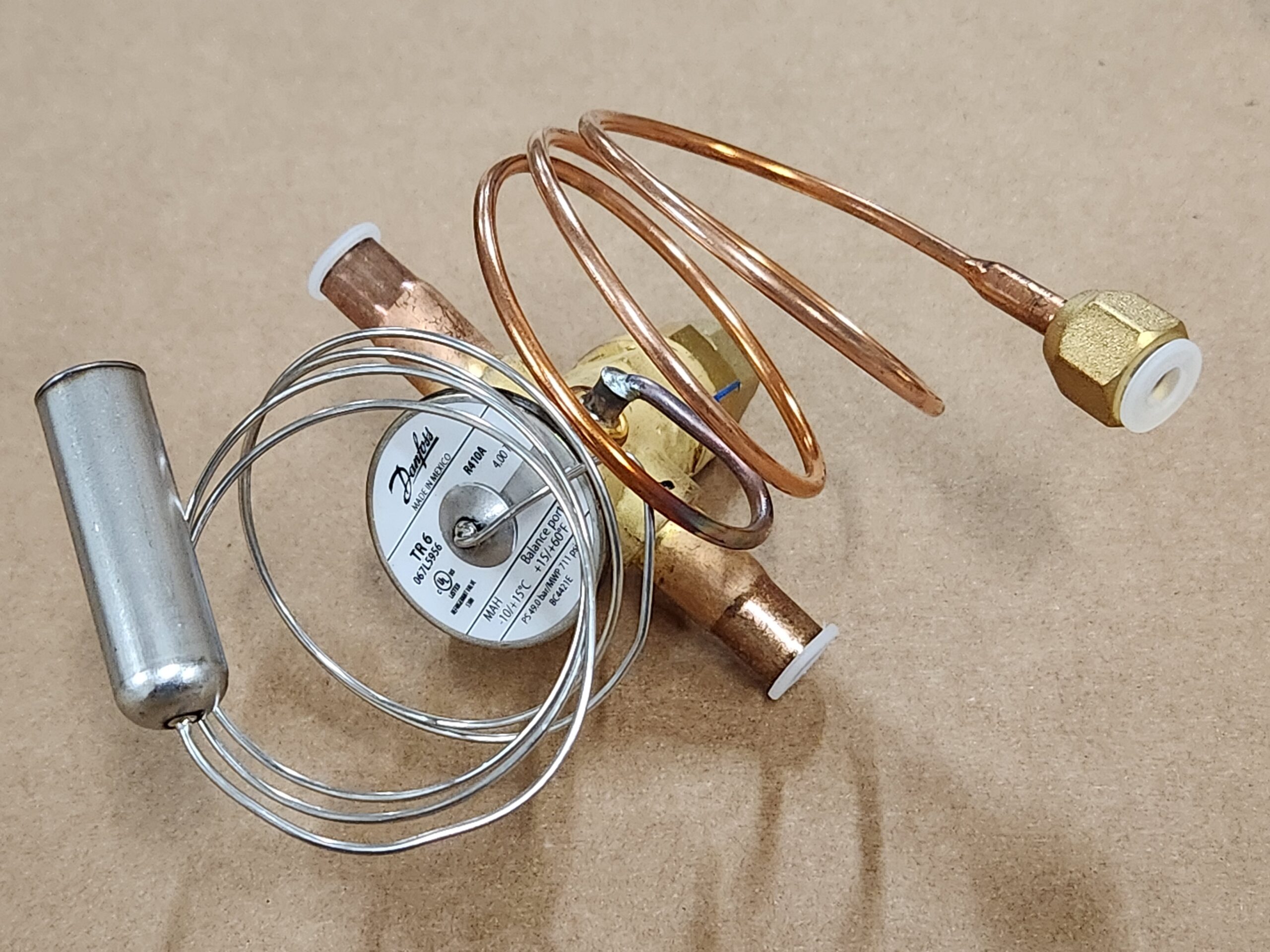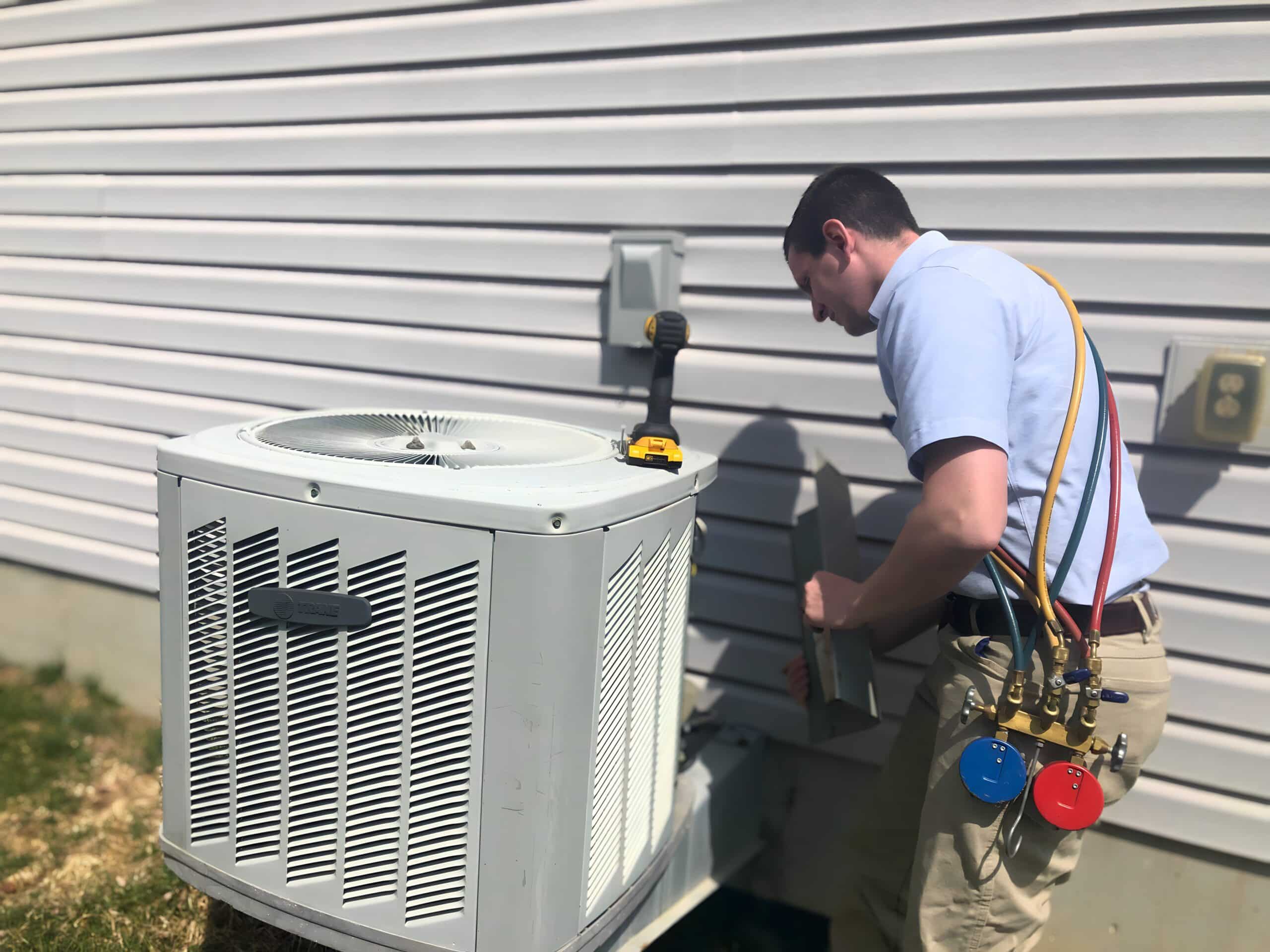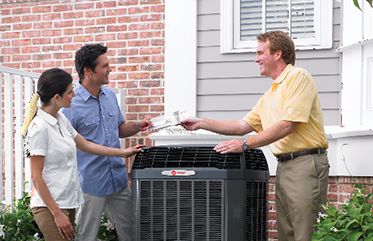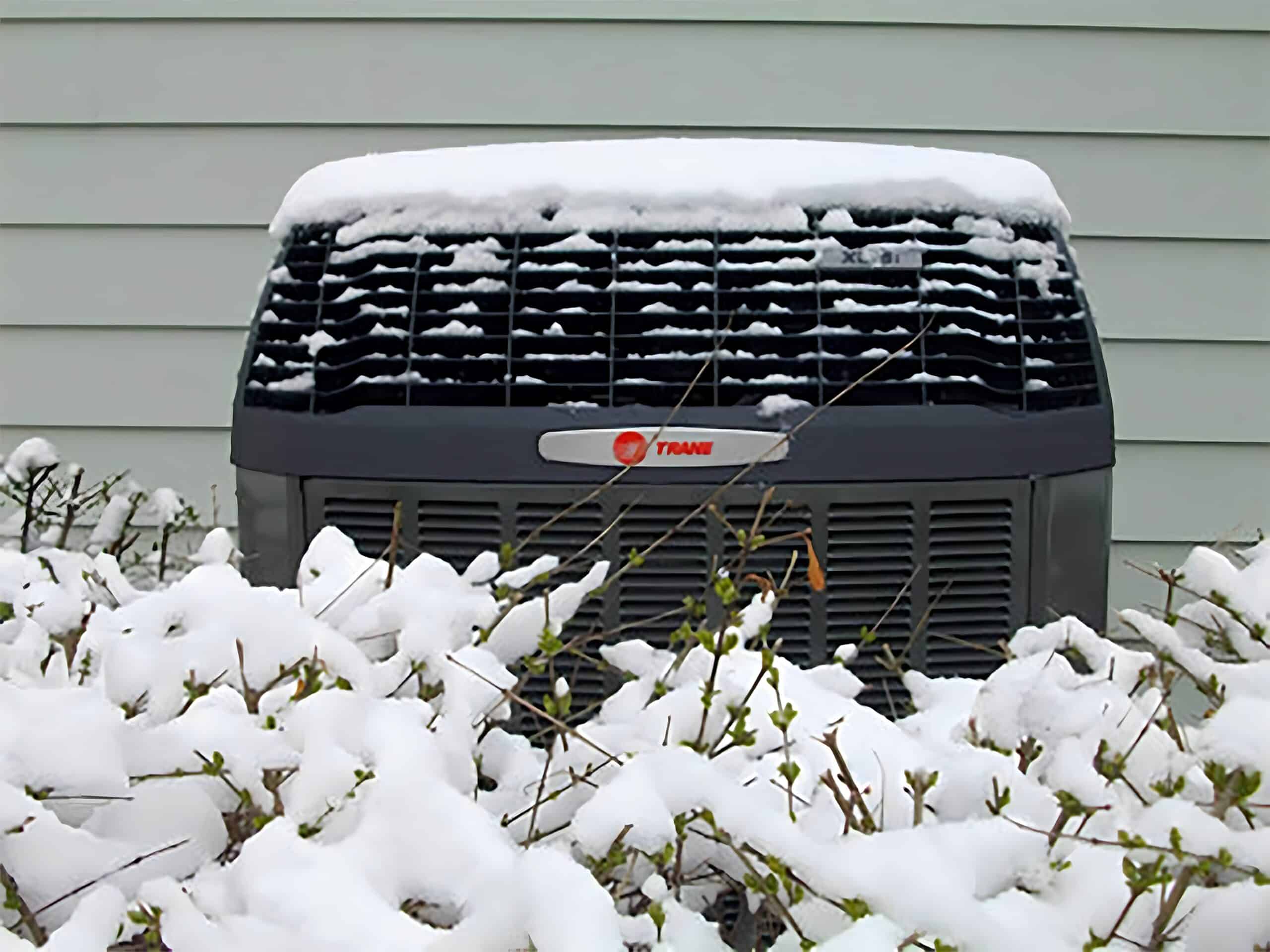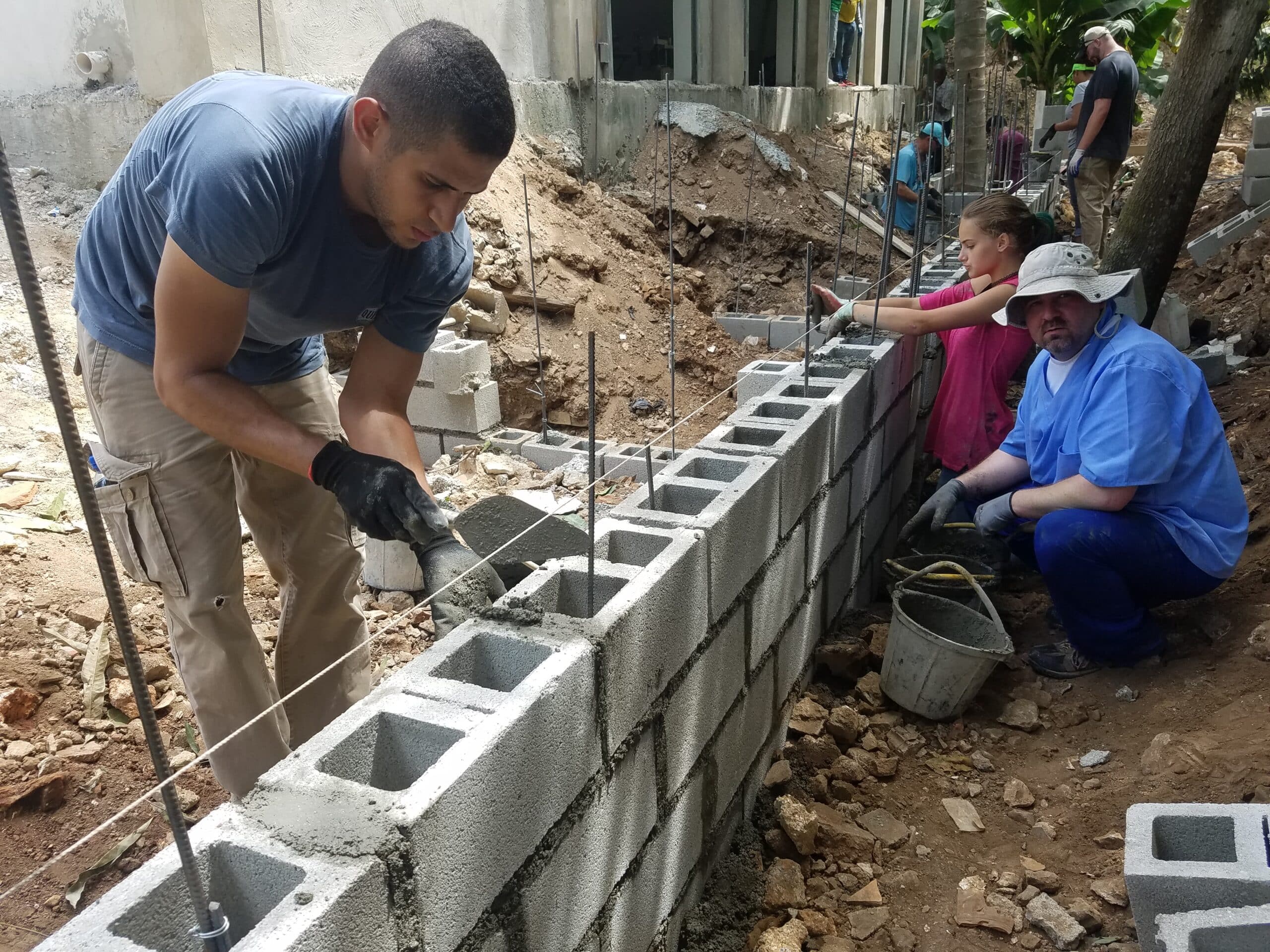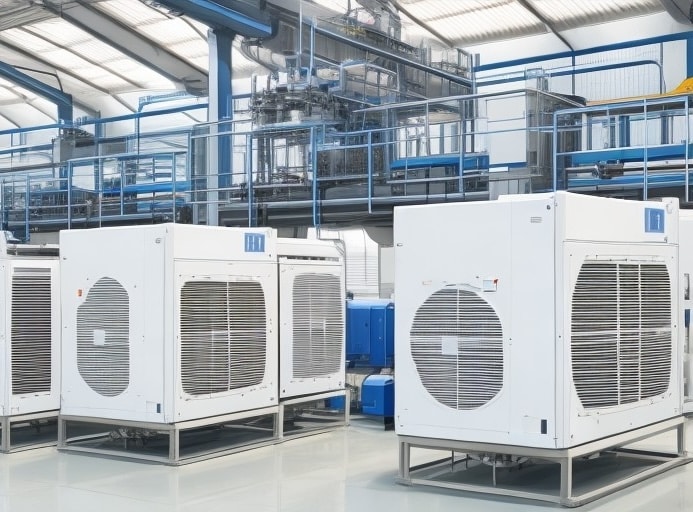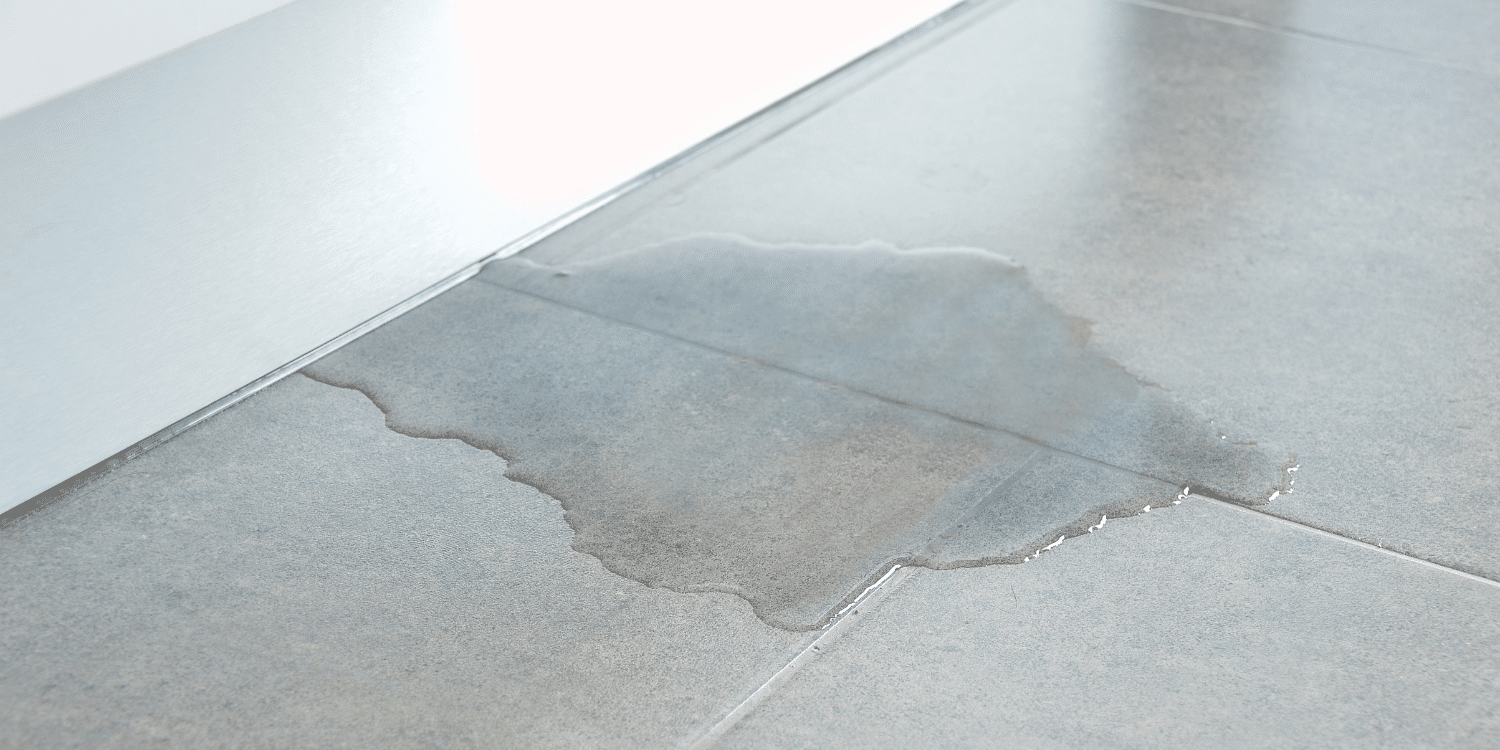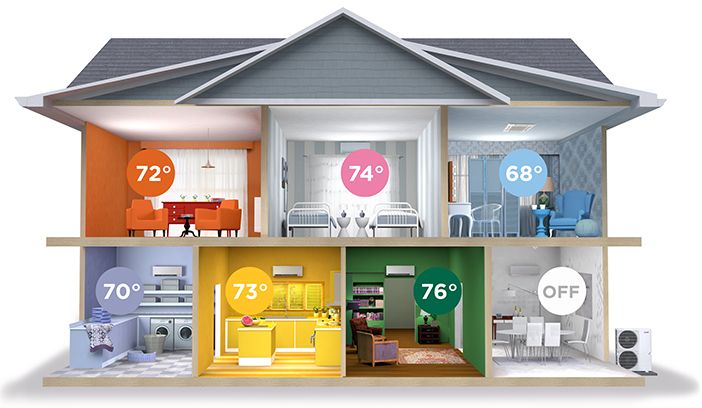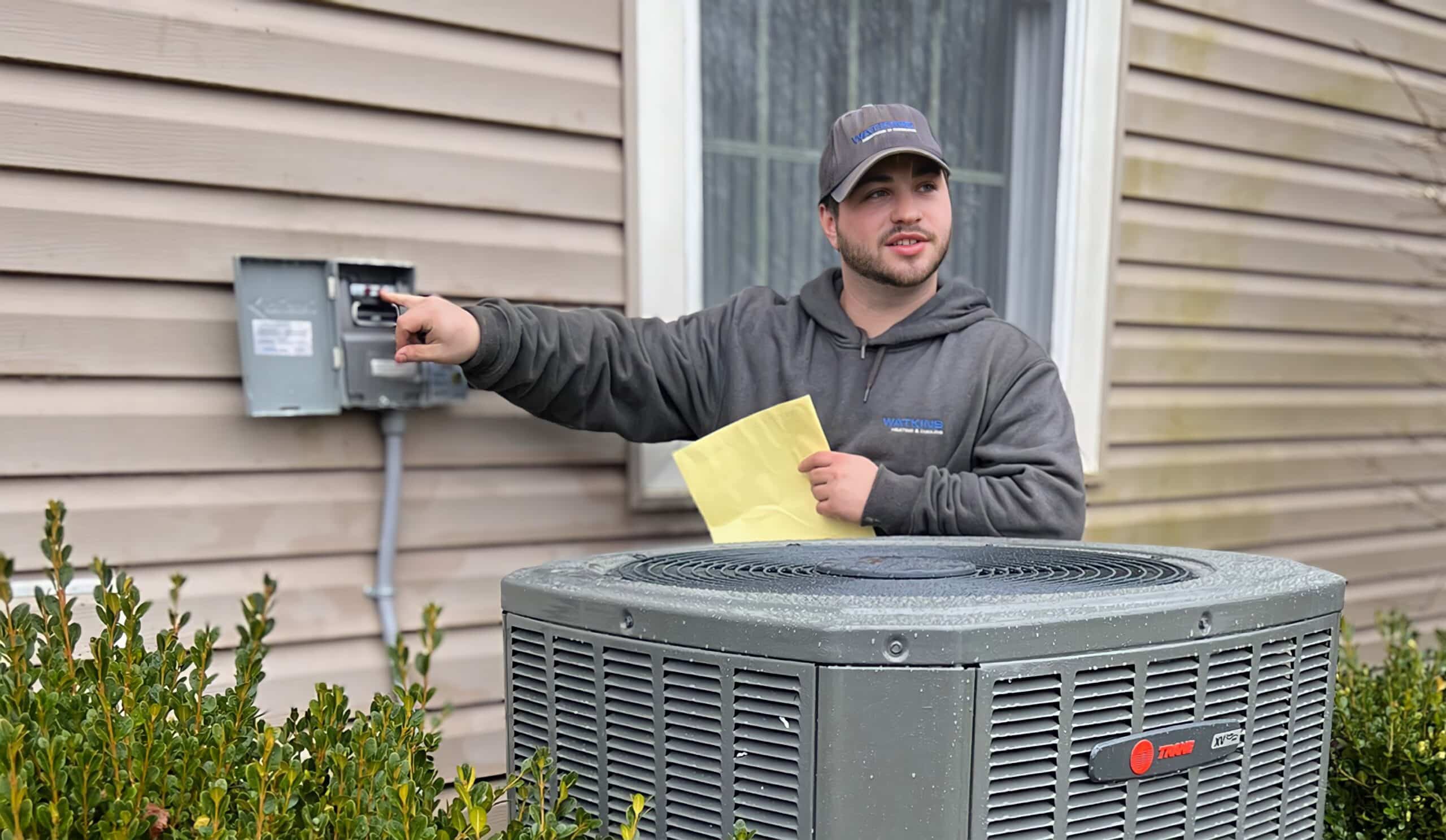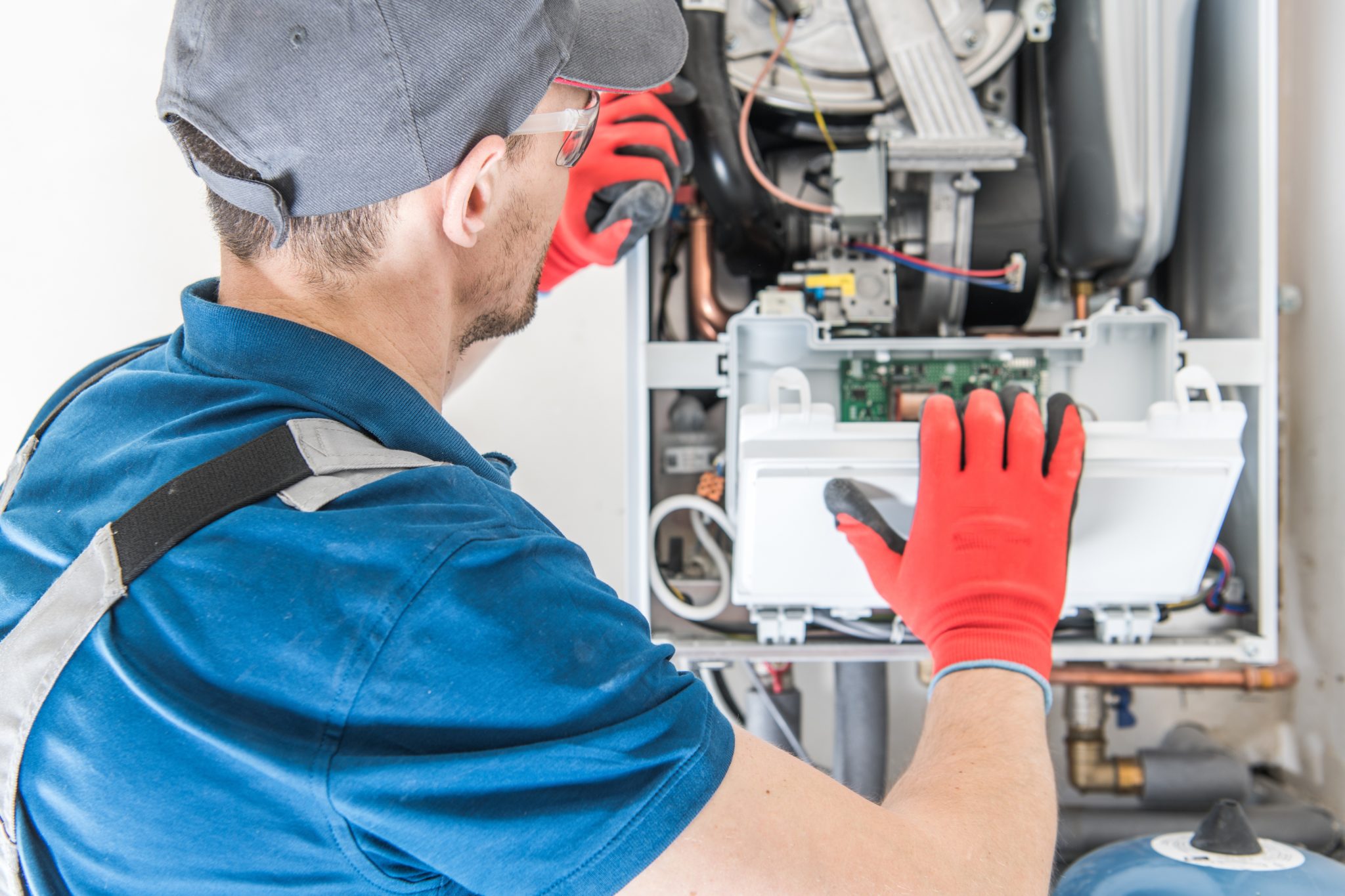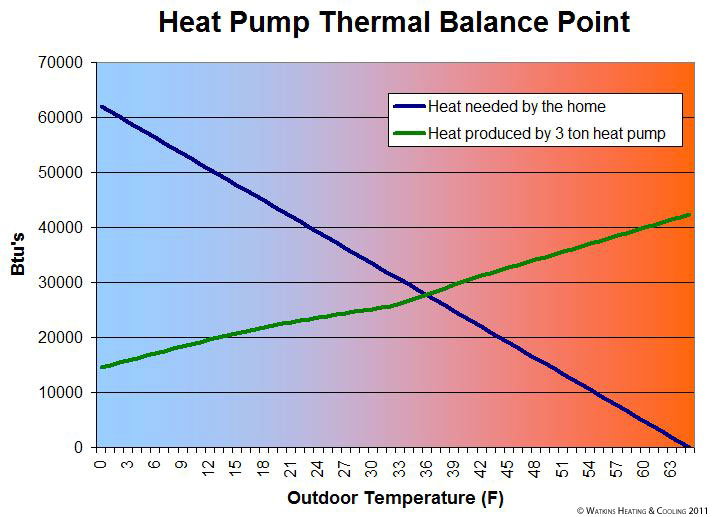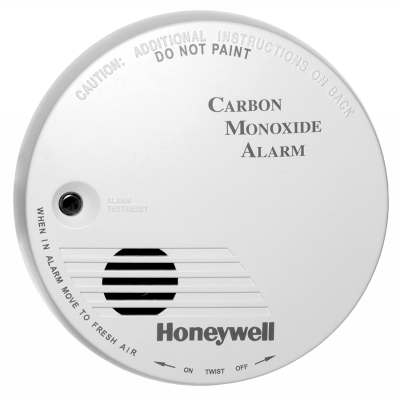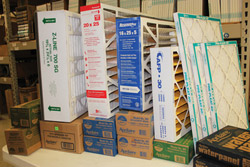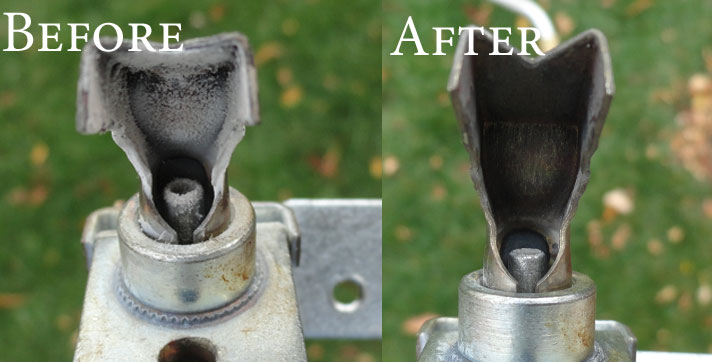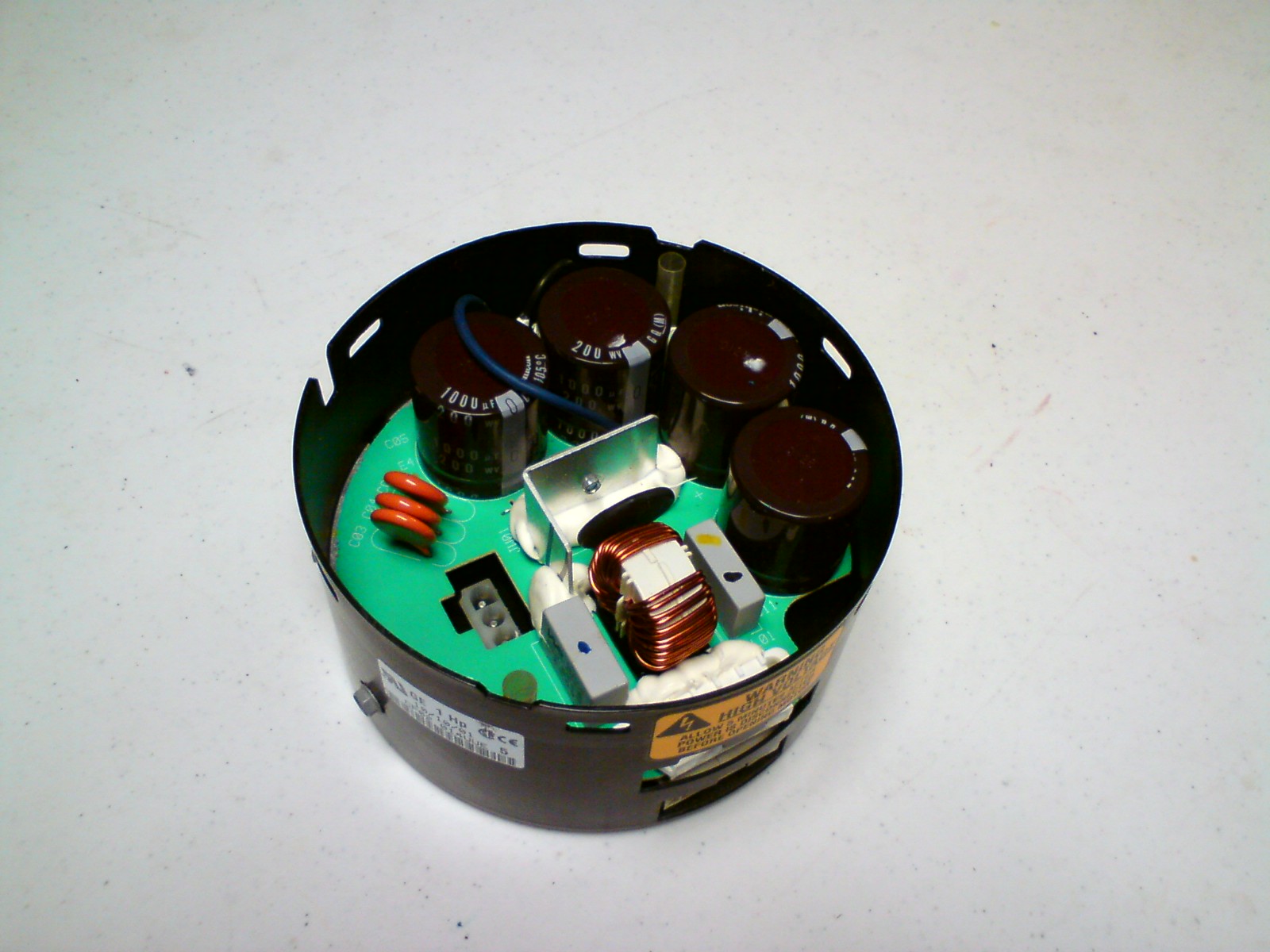Nitrogen Brazing vs Soldering for Refrigerant Lines
Your home’s HVAC system is a complex network of components working to keep you comfortable. At the heart of this system is something most homeowners don’t think about – the copper ac lines that carry refrigerant throughout the system. Quality connections in this copper tubing ensure a closed-loop system that runs efficiently and reliably. But when corners are cut during installation, faulty connections can lead to freon leaks, expensive HVAC repairs, and even the need for early system replacement.
In this article, we dive into the two most common methods used to join these vital copper lines – brazing and soldering. While they might sound similar, the differences between these techniques can have a huge impact on your air conditioner or heat pump. This is not technical trivia, but essential info to help homeowners keep their HVAC system running better, cheaper, and longer. With over 30 years of HVAC experience in the Miami Valley, our experts at Watkins Heating & Cooling care deeply about quality and reliability for our customers.
Refrigerant Line Sets Are Key to Quality HVAC Installation
Think of refrigerant lines as your HVAC system’s circulatory system. This length of copper tubing carries refrigerant (the lifeblood of your system) between the indoor and outdoor units. Unfortunately, even tiny leaks in this copper tube reduce efficiency and can damage the compressor. Contamination in the lines can block small passages in the txv and reversing valve and alter the chemistry of the refrigerant oil.
Modern heating and cooling systems operate under demanding conditions. Your refrigerant lines regularly face temperatures over 200°F and line pressure up to 450 PSI, all while handling constant vibration from the compressor and other moving parts. These harsh conditions make the method used to join copper lines crucial for long-term reliability.
Modern heat pumps and air conditioners use sophisticated electronic expansion valves, advanced compressor technology, and precise refrigerant charging to achieve impressive efficiency ratings. While we appreciate the increased efficiency and comfort, these components are far more unforgiving of contamination or refrigerant levels than older systems, making proper line connections more critical now than ever.
Soft Soldering HVAC Refrigerant Lines: The Easy Method
Soft soldering has been the go-to method for joining copper pipe in plumbing for decades. It’s a relatively simple process that uses a simple propane torch, standard plumbing solder (a mixture of tin and silver), and flux (an acidic cleaning agent) to create connections at relatively low temperatures. Here’s how it works: you thoroughly clean the copper, apply flux, heat the joint, and allow the solder to flow into the connection.
It makes sense why this method is used as it’s easier, requires less training, and uses cheaper materials and tools. And for water pipes, it is perfectly adequate.
However, when soft soldering is applied to HVAC refrigerant lines, several serious problems emerge. In fact, every major HVAC manufacturer discourages soldering.
When a plumber solders water lines, they create joints that typically never see temperatures above 150°F or pressures exceeding 50 PSI. As mentioned in the section above, in the HVAC industry we’re often working with much higher temperatures above 200°F and pressures around 450 PSI. That’s a pretty huge difference!
Many contractors that use soft solders justify it because they use solder with a high silver content (commonly referred to as silver solder or stay brite). However, silver does not improve joint strength, it only improves flow, especially with dissimilar metals such as steel or brass. Silver solder does have a place in limited commercial refrigeration application, but is doesn’t meet the durability requirements for HVAC refrigerant lines.
The first issue we see with soft soldering in HVAC is joint strength. Over time, the constant vibration from your AC unit compressor can cause these joints to fatigue and eventually fail. In our decades of experience, we’ve seen plenty of broken solder joints simply from years of vibration. But there’s an even more insidious problem lurking beneath the surface…
The Hazards of Acid-Based Flux in Soldering
The most significant issue with soft soldering in HVAC applications is not the joint strength – it’s the flux used during the soldering process. This acidic compound is essential for creating proper solder joints, even when using silver solder. After soldering, a significant amount of flux remains inside the pipes.
In plumbing applications, the first time you turn on the water, it flushes away any residual flux from inside the pipe. However, HVAC systems are closed circuits – anything that gets into the system stays there, continuously circulating and causing damage for years to come. This residual flux reacts with the refrigerant oil, creating an acidic environment that corrodes internal components.
The worst part is that the air conditioner or heat pump seems work just fine at first. The acid takes several years to cause enough damage, long after your contractor has been paid and their labor warranty has run out. Compressor can last for more than 20 years, but not with acidic oil from soldering flux.
The Impact of Modern Refrigerants
Today’s HVAC systems use newer refrigerants that operate at higher pressures than older R-22 systems. These higher pressures, combined with more sensitive internal components, make soldering even riskier. If you want your new HVAC investment to last, high-quality techniques are essential.
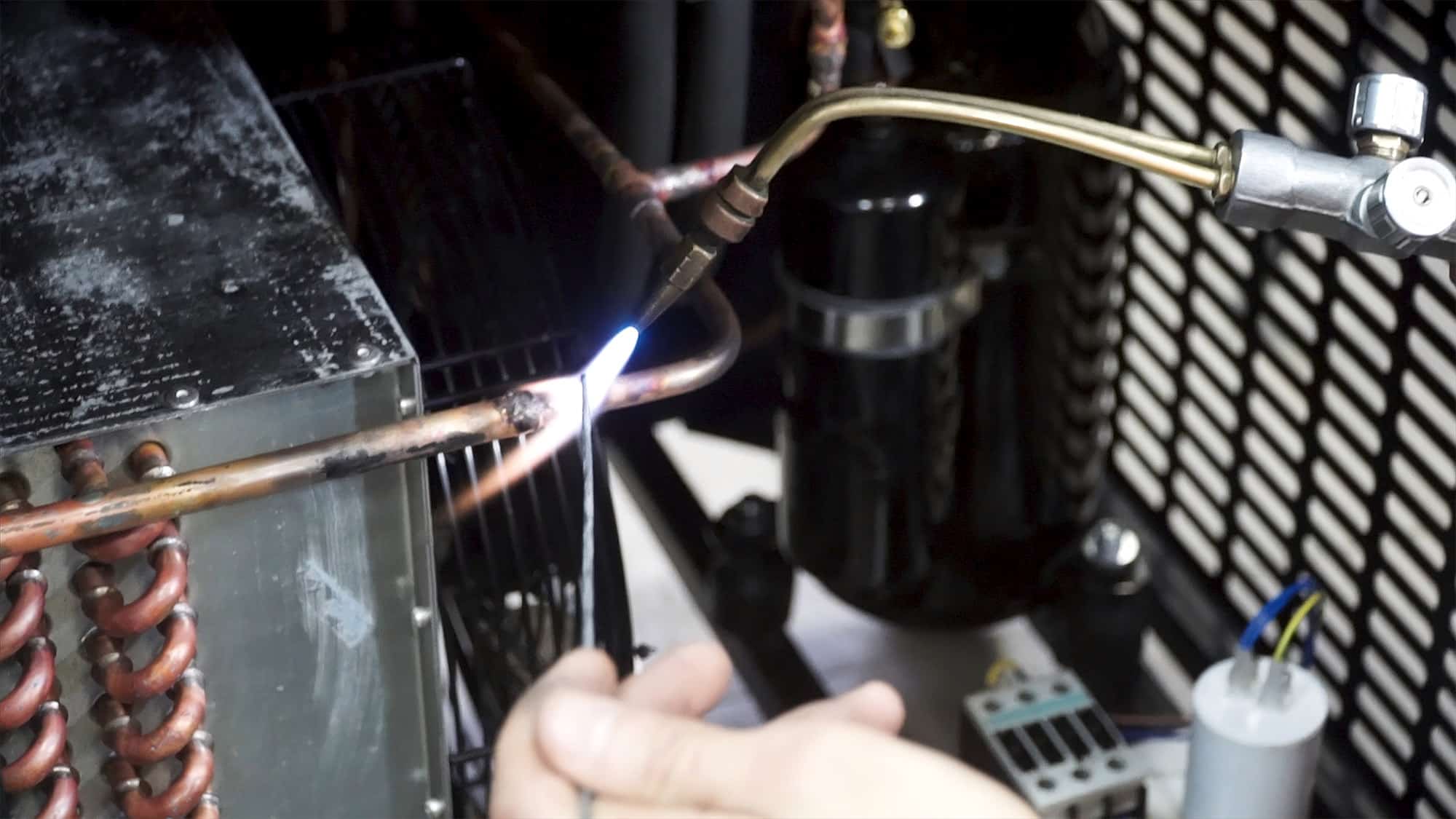
Brazing HVAC Refrigerant Lines: The Quality Method
Enter brazing – the professional method required by virtually every HVAC manufacturer for connecting refrigerant lines. In fact, ASHRAE’s HVAC standards, set by the leading authorities on heating and cooling, insist upon brazing to ensure proper system setup and reliability.
While it requires more skill and specialized equipment, brazing creates a significantly stronger joint that can withstand the demanding conditions present in HVAC systems.
Unlike soldering, which melts at around 500°F, brazing requires much higher temperatures – around 1400°F. At these temperatures, the brazing rod, about 80% copper, actually forms a molecular bond with the copper tubing. Copper brazing rods typically contain 15% silver to help the material flow into the joint. The remaining 5% is phosphorus which, at high temperatures, serves as a non-acidic flux. The result is a brazed joint that’s clean and acid-free.
According to the American Welding Society (AWS), brazing a joint at these high temperatures creates a bond that can be even stronger the original copper, ensuring durable, long-lasting connections ideal for HVAC systems.
Nitrogen Purging During Copper Brazing is Critical in HVAC Installation
The use of nitrogen during brazing isn’t just a recommendation – it’s a critical step that has a direct correlation with system longevity. When copper is heated to brazing temperatures, it readily combines with oxygen in the air to form copper oxide on the inside and outside of the tubing. While this might sound harmless, it’s essentially like dumping a teaspoon of fine, abrasive sand into your brand new air conditioner compressor.
The chemistry here is fascinating – at brazing temperatures, copper’s reaction with oxygen accelerates dramatically, forming flaky layers of copper oxide both inside and outside the pipe. The outside oxidation is merely cosmetic, but internal oxidation creates particles that can wreak havoc throughout your system.
That’s why professional HVAC technicians use a carefully controlled nitrogen purge during the brazing process. The dry nitrogen flows through inside of the pipe during the brazing process, preventing oxidation of the copper and maintaining the perfect environment for proper joint formation. The flow rate is critical – too little nitrogen won’t prevent oxidation, while too much creates back-pressure and pinholes in the braze joint.
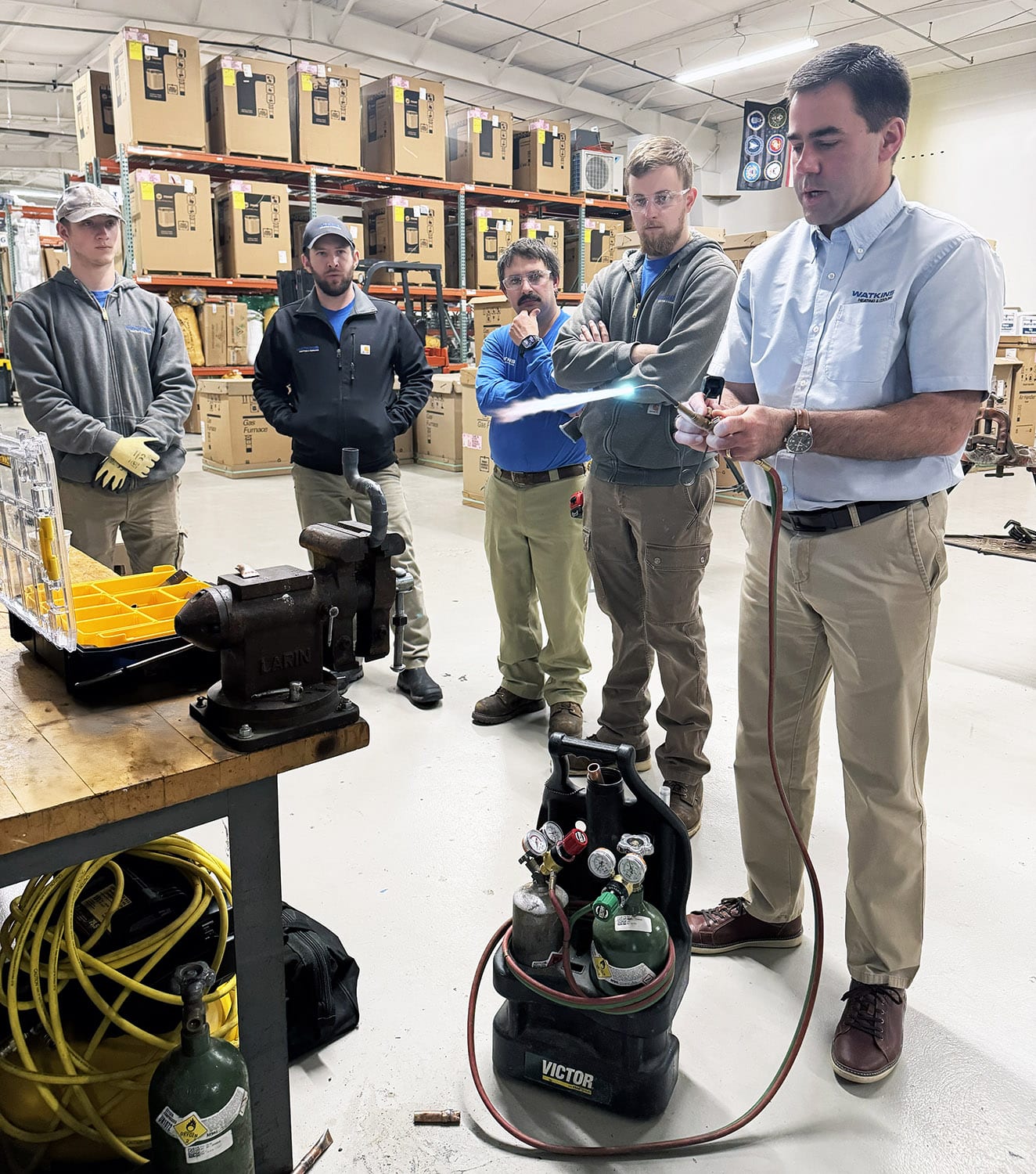
Comparison: Brazing vs. Soldering for Refrigerant Line Sets
- Strength and Durability: Brazing creates a stronger, more reliable bond with superior joint strength to resist vibration and prevent leaks.
- Temperature and Pressure Resistance: A brazed joint withstands the high demands of refrigerant lines, providing stability and improved system performance.
- Compressor Longevity: By eliminating acid flux, brazing keeps refrigerant lines clean and contamination-free, which protects the compressor and enhances system reliability.
- Cost Considerations: Brazing requires more skill and training, and more expensive tools and time. Soldering is quick, easy, and cheap, using a simple plumbing torch. However with brazing, the extended equipment life and lower maintenance costs far outweigh the initial expense.
- Industry Best Practice: Soldering is not recommended by any HVAC manufacturer and is against code in most states, making brazing the best practice for long-term reliability.
While opting to soft solder seems like a harmless money-saving shortcut, the long-term costs far outweigh any initial savings. Consider this: replacing a failed compressor due to contamination can cost thousands of dollars. Even a minor refrigerant leak can increase your energy bills by 15% or more before it’s noticeable enough to detect. The few dollars saved by using inferior joining methods can end up costing hundreds or even thousands in repairs and wasted energy.
Avoid HVAC Companies that Take Installation Shortcuts
This brings us to perhaps the most important point: making sure your HVAC contractor doesn’t take shortcuts. A company willing to use soft solder on refrigerant lines is likely to cut corners elsewhere as well. Professional HVAC companies invest in brazing equipment like oxygen-acetylene torches, nitrogen purging setups, and high-quality brazing rods, along with thorough technician training. This investment can add years to your system’s lifespan and help you avoid unnecessary repairs.
In the end, the difference between a properly brazed joints and soft soldered joints might not be visible to the naked eye, but it can become a glaring issue in your system’s performance and longevity. Read reviews, ask for referrals and go with a proven, trusted company.
Watkins Heating & Cooling has been trusted by Dayton and Cincinnati homeowners for over 30 years because we don’t cut corners. Our commitment to quality extends beyond nitrogen brazing to all areas of HVAC system design and installation, ensuring that your HVAC system operates at its best for years to come.

